Flat roofs are a popular choice for commercial properties throughout Denver, but they come with unique challenges—especially during the harsh winter months. From snow accumulation to freeze-thaw cycles, Denver’s climate demands a proactive and informed maintenance approach to protect your investment and extend the lifespan of your roofing system.
Why Flat Roofs Require Special Winter Maintenance
Unlike sloped roofs, flat roofs don’t naturally shed water or snow. Instead, they rely on internal or perimeter drainage systems to move moisture away. If snowmelt or rainwater is allowed to pond, it can lead to leaks, structural damage, or even roof failure. In winter, the risk is amplified by the formation of ice dams, ponding water, and cracked membranes caused by temperature swings and freezing.
Pre-Winter Flat Roof Maintenance Checklist
-
Schedule a Professional Roof Inspection
Before the first snowfall hits, have a qualified roofing contractor in Denver inspect your flat roof. They’ll identify vulnerable areas like loose flashing, worn seals, or clogged drains that could lead to water intrusion once snow and ice arrive.
-
Clean Drains, Gutters & Downspouts
Clogged drainage is one of the leading causes of roof damage in winter. Clear all debris from your gutters and scuppers to prevent water backup and ice dam formation. Regular drain maintenance can drastically reduce the risk of emergency repairs during a snowstorm.
-
Repair Flashing and Seals
The flashing around vents, skylights, HVAC units, and chimneys must be watertight to prevent leaks. Denver’s freeze-thaw cycles can easily crack worn sealant or metal flashing, so make sure everything is secure and re-sealed if necessary.
-
Inspect for Surface Damage
Look for signs of cracking, blistering, punctures, or exposed seams—especially if your roof is EPDM, TPO, or bitumen. These materials can become brittle in cold weather, so it’s essential to address any wear before freezing temperatures exacerbate the damage.
-
Check Insulation and Attic Ventilation
Poor insulation leads to heat escaping through the roof, which melts snow unevenly and causes ice dams. Adequate insulation and airflow in your building’s attic or ceiling cavity will help regulate temperature and minimize this risk.
-
Apply a Protective Coating
For added protection, consider applying a silicone-based or UV-resistant roof coating. These coatings enhance waterproofing and help your roof withstand thermal expansion and contraction, a common issue in Denver’s 30°–90°F daily temperature swings.
Winter Maintenance Tips
-
Monitor for Ice Dams and Ponding
Ice buildup around drains and edges can block water from escaping. Invest in roof heating cables or a snow melt system, especially if your property is located in a heavy snow zone like north or west Denver.
-
Have a Snow Removal Plan
Heavy snow loads can stress the structural integrity of flat roofs. Use a professional roof snow removal company to safely clear snow without damaging the membrane.
-
Watch for Interior Signs of Trouble
Regularly inspect ceilings, walls, and attics for water stains, drips, or condensation. If you spot signs of water intrusion, call a local roof repair contractor in Denver immediately to mitigate damage.
Trust Denver’s Flat Roofing Experts
A well-maintained flat roof is your first line of defense against Denver’s harsh winter conditions. By following a proactive maintenance plan, you’ll avoid emergency repairs, extend the life of your roof, and protect your building from costly damage.
At Bear Brothers Roofing, we specialize in commercial flat roof repair, inspection, snow removal, and preventive winter maintenance. Whether you own a retail building, office space, or industrial facility, our expert team ensures your roof is winter-ready from edge to drain.
Ready to winter-proof your flat roof?
Call Bear Brothers Roofing today at 303-422-2725 or request a roof inspection online. Protect your roof, protect your business.
Frequently Asked Questions (FAQs)
-
How often should I inspect my flat roof during winter?
We recommend at least one inspection before winter begins and additional checks after major snow or wind events. Denver’s extreme conditions can quickly worsen minor damage.
-
Is ponding water on a flat roof dangerous?
Yes. Ponding water can lead to membrane breakdown, leaks, and structural issues. It’s essential to clear snow and keep drains functional.
-
Can I remove snow from my roof myself?
It’s not recommended. DIY snow removal is dangerous and can damage the roofing membrane. Always hire a licensed professional.
-
What kind of flat roofs are most winter-resistant?
Materials like TPO, EPDM, and PVC offer excellent winter performance when properly installed and maintained. TPO, in particular, has strong elasticity for freeze-thaw cycles.
-
Do roof coatings help in winter?
Yes. Coatings add a waterproof, flexible layer that protects against cracking and UV damage, especially helpful during Colorado’s fluctuating temperatures.


